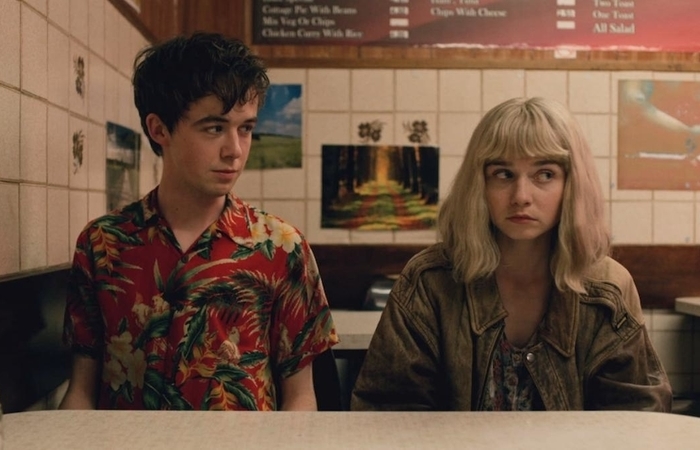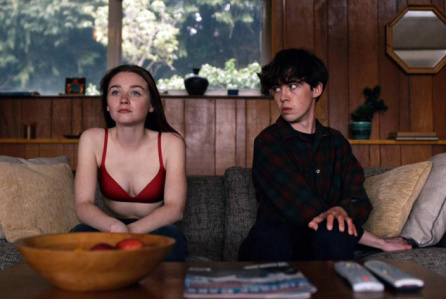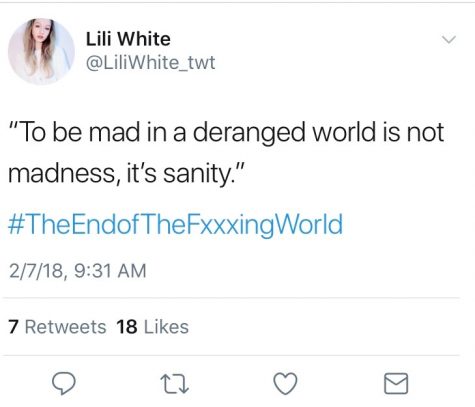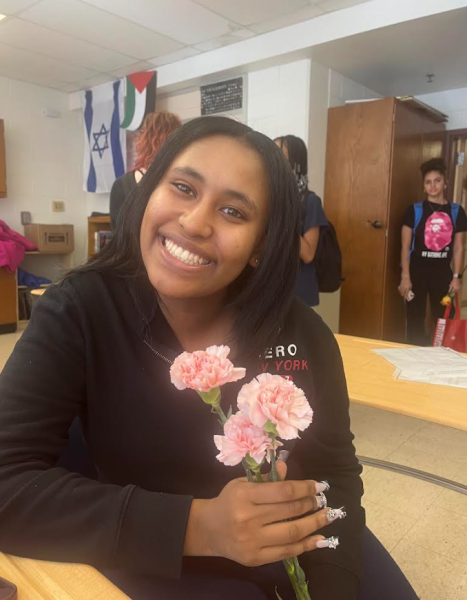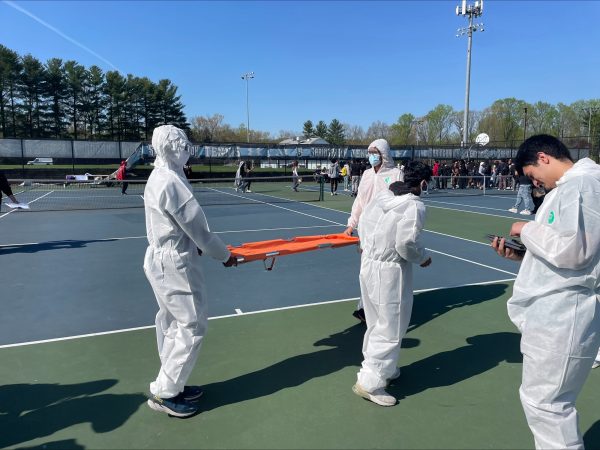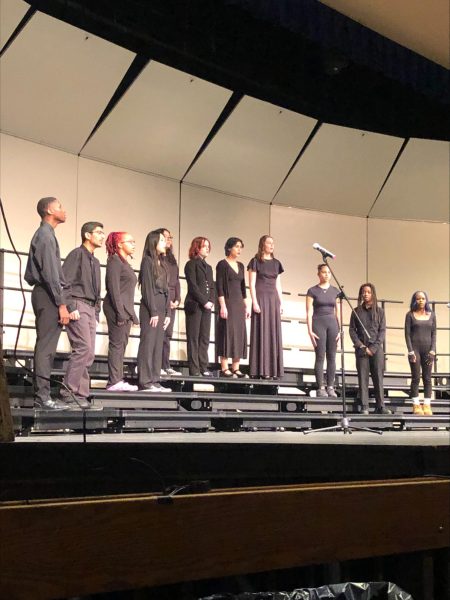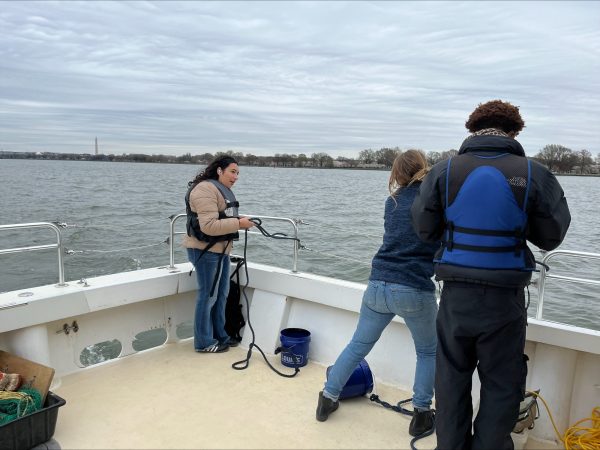The End of the F***ing World is oddly relatable
Netflix’s new hit series, The End of the F***ing World, released at the end of last year, is taking over the charts as pop culture’s new TV sensation. The British comedy-drama series is centered around two troubled teenagers and highlights their struggle to find themselves in a world that seems to be stacked against them.
At the beginning of the series, producer and creator Kate Ogborn introduces the story with the development of an eccentric main character but later balances it out by implementing real life scenarios that viewers can easily relate to. She weaves the issues of sexual harassment, crime, mental health, and sexuality into this hit coming-to-age drama. Ogborn keeps viewers on the edge of their seats by providing an entertaining thriller and blending it with prevalent issues.
The odd protagonist, who goes by the name of James, is a self-diagnosed psychopath, who finds pleasure in murdering small animals and pets. At the beginning of the series, James meets Alyssa, a rebellious and troubled teen who struggles to find love and support from her family and rejects her life at home. James and Alyssa bond over their shared deference from normality and decide to run away together.
While on the run, the duo winds up accidentally committing manslaughter, which leads them on a journey of self-discovery, filled with heartfelt scenes and action-packed cliffhangers. What makes this show so special is the perfect contrast between the disturbingly peculiar characters and the oddly relatable plot. Ogborn and her crew seem to put this together with near perfection.
This contrast takes various forms as the series progresses. To start, the development of James’ character is a beautifully unexpected one. The beginning few episodes illustrate his subconscious picturing Alyssa’s neck slit open and her bleeding out on the floor of his room. This image reoccurs several times over the course of the series. But the audience sees a sort of break in the pattern when Alyssa and James spend the night together in a motel room. James overhears Alyssa crying and he realizes there’s much more to her than a stubborn, loud-mouthed teen. Upon realizing that he actually means something to her, James no longer has his outlandish murder daydreams. Alyssa gradually makes James more human and less psychotic, and through each other, they become entirely different people.
Alyssa comes from a broken home left by the only person she felt really understood her; her father. She lives with her mom, stepdad, and newly born step siblings. A scene gives a hint that Alyssa might’ve been sexually harassed by her stepdad and later scenes show that neither her mom nor her stepdad really cared for her.
As this series develops, it transitions from being extremely weird to oddly relatable. Ogborn incorporates themes like troubled home lives and struggles to discover yourself, and she appeals to viewers through this. She demonstrates that “weird” could just mean lonely, and that with the right person, you can transform into someone you never knew you could be. Ogborn crafts a beautiful message, exemplifying the powerful effect that people can have on one another.

